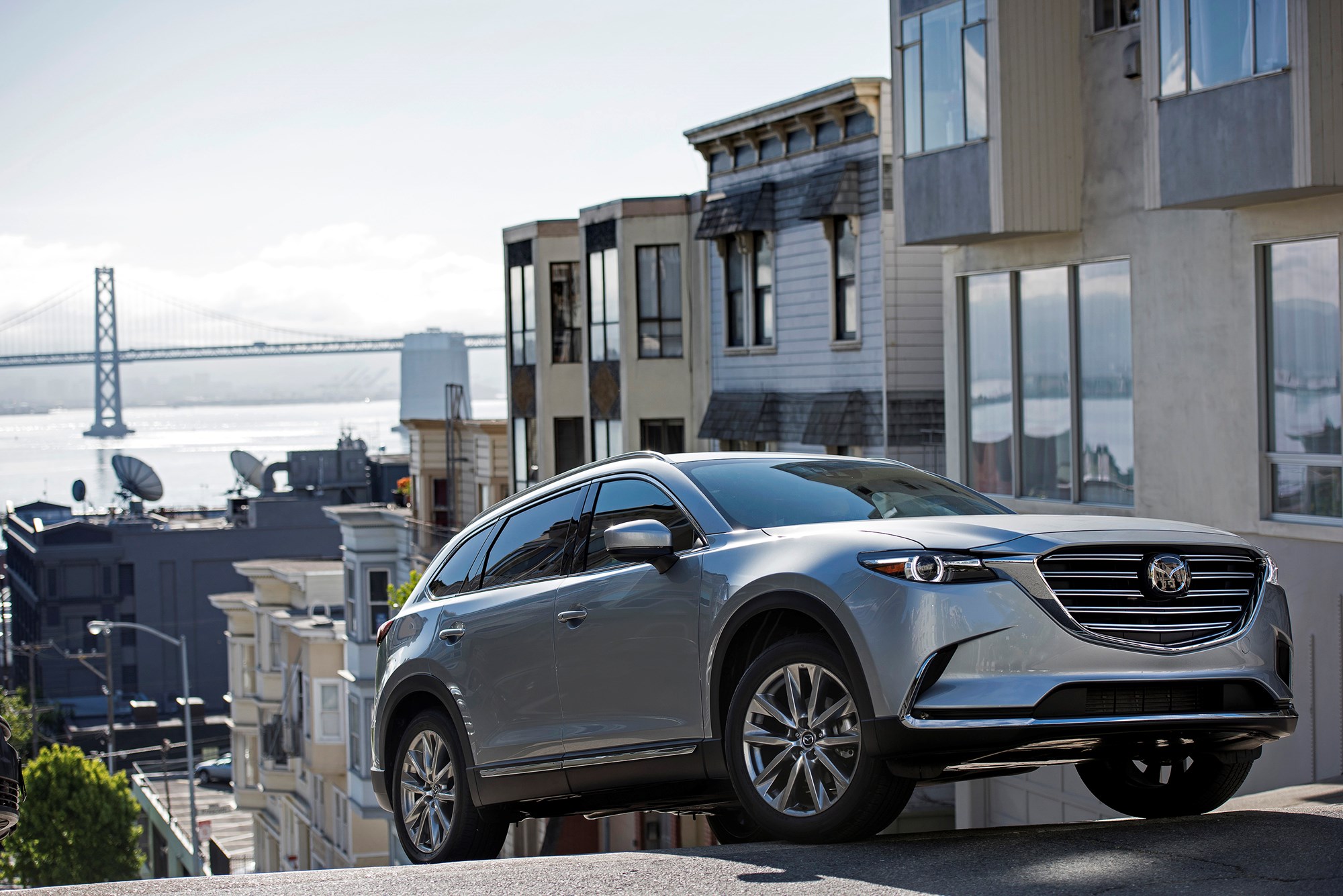When the new CX-9 arrives in a few months, Mazda’s sixth generation product line — 2, 3, 6, CX-3, CX-5, CX-9 and MX-5 models — will be complete.
Also of significance when the CX-9 hits the road will be that Mazda’s passenger vehicle range will comprise exclusively four-cylinder engines. The line-up will have been restored to a three-pronged CX range with models neatly spaced to cover the small, medium and large SUV segments. Stock of the previous generation CX-9 sold out earlier than planned with the final units heading out of showrooms in January.
Mazda is one of the brands riding the SUV/crossover wave. Sales of CX-3 and CX-5 models have edged ahead of the combined tally for the “traditional car” line-up of Mazda2, 3 and 6 and MX-5 models. The new CX-9 will strengthen the contribution of SUV/crossover models to total sales. So where does Mazda move after the CX-9?
A typical four-year model cycle suggests the next new Mazda will be the second generation CX-5.
The current model launched in 2012 (going on sale in New Zealand in 2013) and kicked off the sixth generation family with the first full-scale application of SkyActiv Technology and the Kodo design theme previewed by the 2011 Minagi concept car.

A debut at November’s Los Angeles Auto Show is being touted for the next generation CX-5, followed by a 2017 launch.
There seems little chance the coupe-styled CX-4 crossover announced recently will venture far from the Chinese market it has been developed for. But that’s not to say a sports themed SUV badged CX-6 or CX-7 might not emerge in the near future.
And what of Mazda’s new turbo engine technology? The petrol turbo technology will surely find a wider application — both the 2.5-litre version and possibly in smaller petrol engines as Mazda moves to future second phase SkyActiv II models in search of continued efficiency gains.
What has some enthusiasts excited is the potential of adjusting the response characteristics of the new turbo engine for a more traditional performance car application. But there is no word on the return of cars such as the Mazda3 MPS and Mazda6 MPS turbo models.
And though it might seem like a obvious choice, it’s unlikely the CX-9 will be produced with Mazda’s 2.2-litre SkyActiv-D diesel engine. Given the characteristics of the SkyActiv-G 2.5T petrol engine and the importance of the CX-9 to the North American market, a diesel version would do little more than duplicate what the new turbo petrol can achieve.




